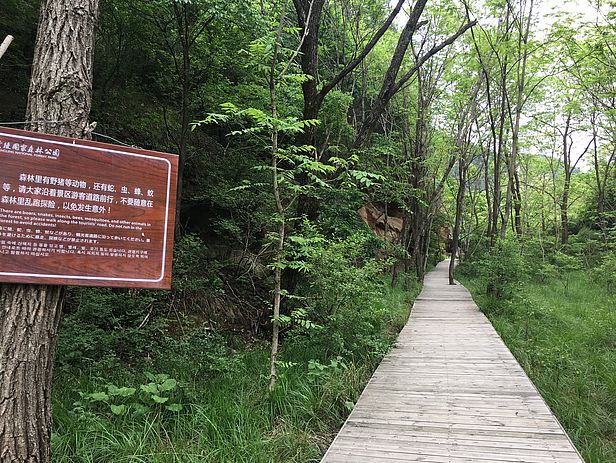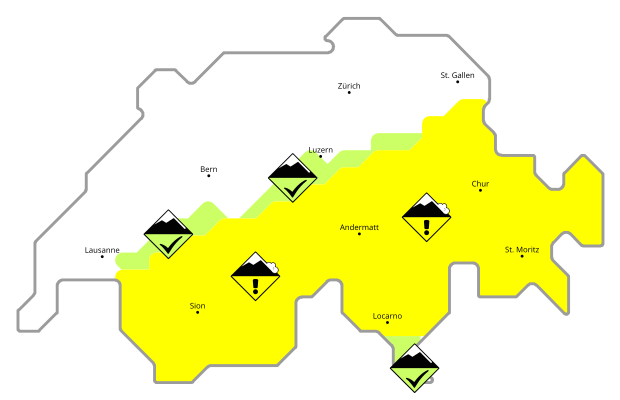Assessing past atmospheric composition in Northern China using novel tree-ring analyses
2019 - 2022
Coopération Financement
Increased industrial activities and an expansion in the human population have resulted in the release of particulate matter that is deposited into aquatic and terrestrial ecosystems. In the past few decades, fine particles have become of major concern for human health and for entire ecosystems. The use of dendrochemistry to monitor air pollution is essential to provide past levels of contamination and to trace pollutants on a spatial and temporal scale in relation to their sources. A number of studies has shown the ability of trees to accumulate contaminants into their annual growth rings, acting as natural bioconcentrators, but the effect of fine particles at nano-scale is still largely unknown and their presence in tree rings unexplored.
In China, particulate pollution is a serious environmental problem that is influencing air quality and human health. The severe haze pollution events at several Chinese urban locations are driven to a large extent by secondary aerosol formation and particles originating from sandstorms.
Our research plan aims to assess the presence of particles in trees and to correlate them through dating to known air pollution and sandstorms' episodes. More precisely, the proposed project aims to 1) establish if trees take up atmospheric particulate matter, 2) detect it and localize it within the wood, 3) chemically characterize it, 4) assess whether it is translocated throughout the wood cells or if it is stable in tree rings, 5) date its accumulation in the wood, 6) provide spatio-temporal data on past atmospheric particulate pollution and its composition and abundance over time.
For this purpose, tree cores are collected from Chinese pines (Pinus tabuliformins Carrière) growing at sites affected by heavy pollution, in Xi’an, by sandstorms, in northern Shaanxi Province, and in a control site. Standard dendrochronological, tree-ring stable isotopic and chemical elemental composition analyses will be run.
Very little is known about the penetration of trace metals into plants leaves. We hypothesise that trees take up atmospheric particulate matter through leaves and transport them into tree stems faster than through roots (Cocozza et al., 2019). To better understand uptake and transport processes of nanoparticles in trees, we plan several experiments in the greenhouse using different tree species and heavy metals, following the experimental design and methodological approach proposed by Cocozza et al. (2019).
